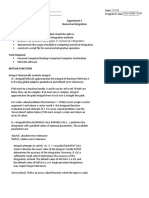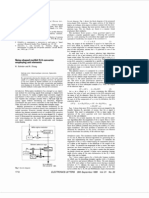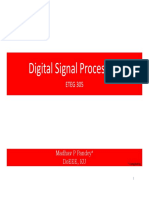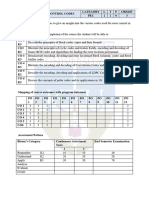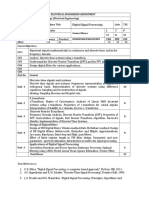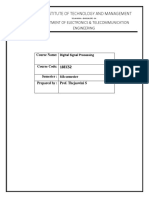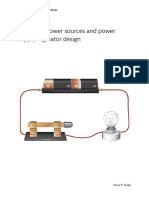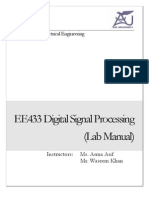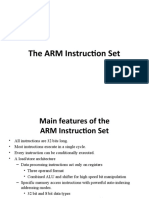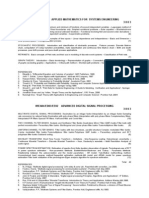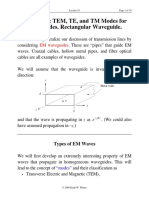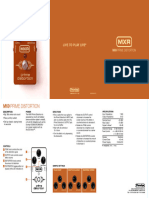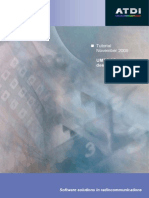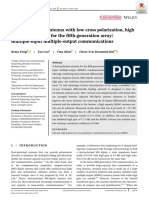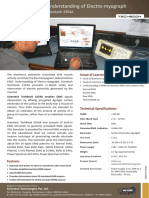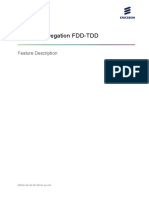0% found this document useful (0 votes)
174 views219 pages09PC602 - Digital Signal Processing VI Sem BE (IT) Notes
The document appears to be lecture notes on digital signal processing. It covers topics like IIR filters, finite word length registers, multirate digital signal processing, adaptive filters, musical sound processing, and more. The notes include chapter outlines, diagrams, and descriptions of key concepts. They are intended for a sixth semester undergraduate course in digital signal processing.
Uploaded by
Bindhu sureshCopyright
© © All Rights Reserved
We take content rights seriously. If you suspect this is your content, claim it here.
Available Formats
Download as PDF, TXT or read online on Scribd
0% found this document useful (0 votes)
174 views219 pages09PC602 - Digital Signal Processing VI Sem BE (IT) Notes
The document appears to be lecture notes on digital signal processing. It covers topics like IIR filters, finite word length registers, multirate digital signal processing, adaptive filters, musical sound processing, and more. The notes include chapter outlines, diagrams, and descriptions of key concepts. They are intended for a sixth semester undergraduate course in digital signal processing.
Uploaded by
Bindhu sureshCopyright
© © All Rights Reserved
We take content rights seriously. If you suspect this is your content, claim it here.
Available Formats
Download as PDF, TXT or read online on Scribd
/ 219








